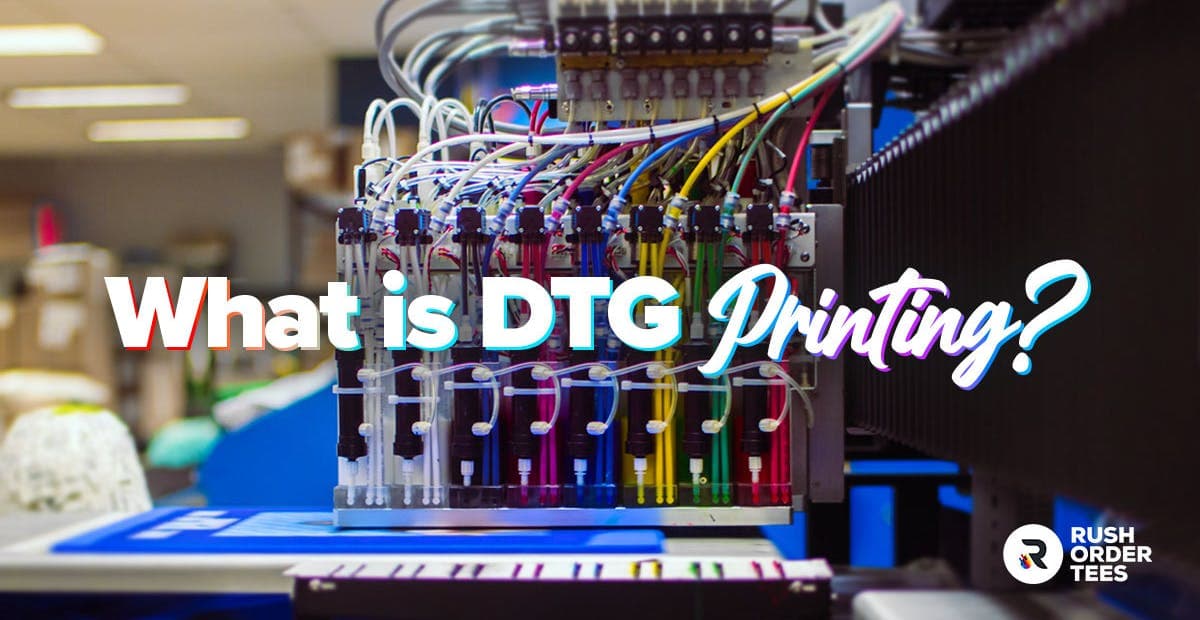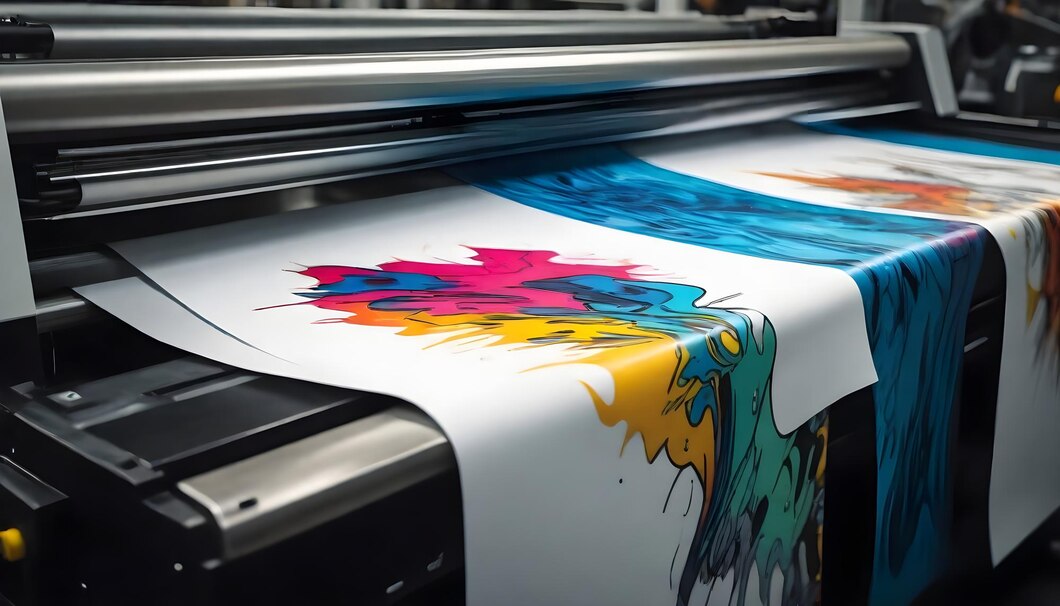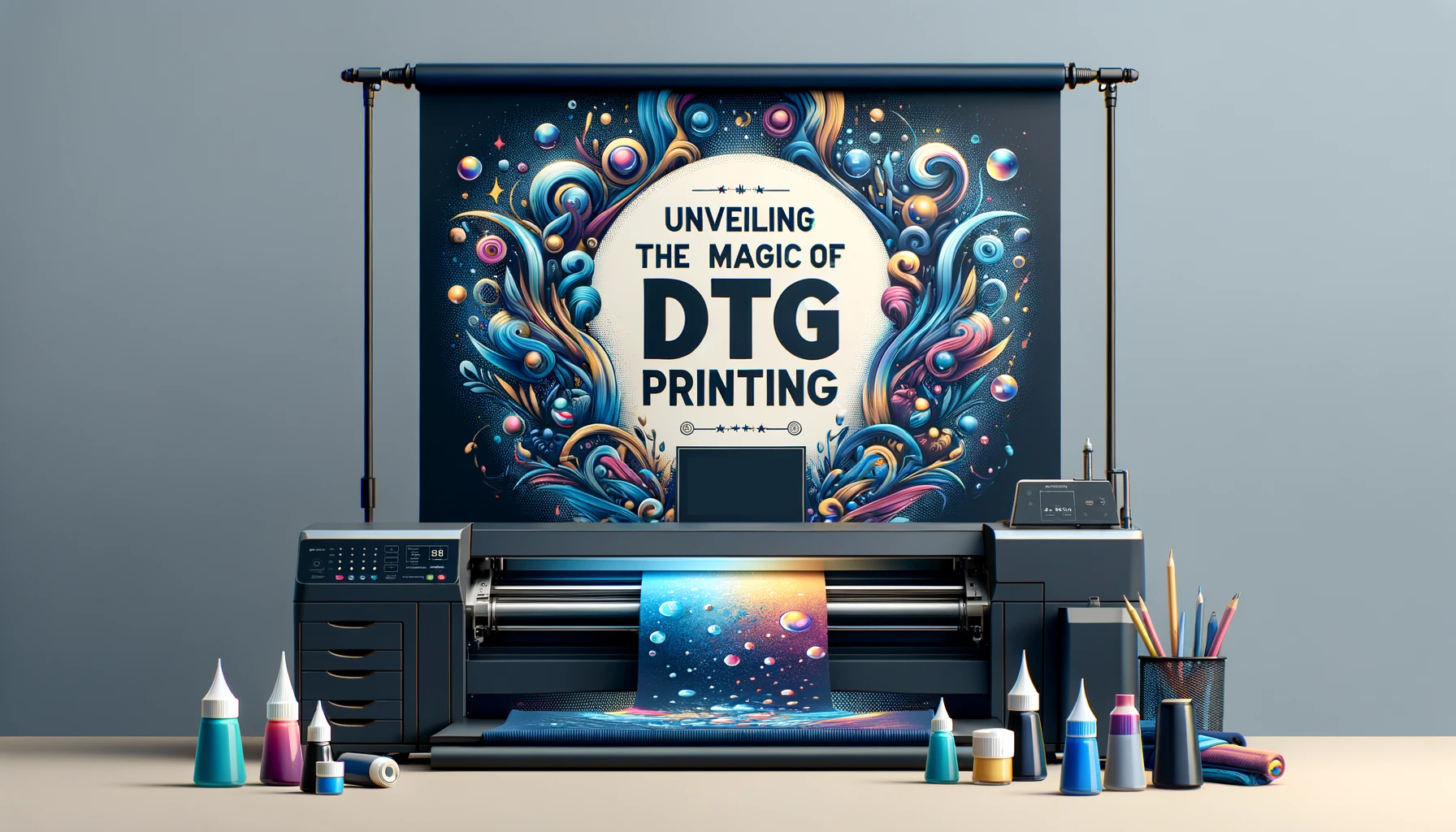What is DTG Technology? A Complete Guide
What is DTG Technology? A Complete Guide
Direct-to-Garment (DTG) technology is transforming the world of printing. Whether it's for custom t-shirts, personalized gifts, or fashion apparel, DTG allows businesses to produce high-quality prints with incredible detail. In this post, we’ll explore what DTG technology is, how it works, its benefits, and its future in the printing industry.

What is DTG Technology?
DTG, or Direct-to-Garment, is a digital printing technology that uses specialized inkjet printers to print designs directly onto fabric. Unlike traditional printing methods, which use screens or heat presses, DTG allows for the creation of highly detailed designs with many colors, all printed directly onto the garment.
DTG printers work by spraying ink onto fabric, similar to how a traditional inkjet printer works with paper. The ink used in DTG printing is absorbed by the fabric, which results in vibrant and durable prints that don't fade easily.
Benefits of DTG Technology

DTG technology has become popular due to its many advantages over traditional printing methods. Here are some of the key benefits:
- High-Quality Prints: DTG prints offer precise, sharp details and vibrant colors. The direct ink application results in a more accurate and high-quality finish than other methods.
- Quick Turnaround Time: Unlike screen printing, which requires setup and preparation, DTG printing can be done quickly, even for small batch orders or custom designs. This makes it ideal for print-on-demand services.
- Flexibility and Customization: DTG technology allows businesses to print complex and multi-colored designs with ease. There’s no limitation on the number of colors, making it perfect for custom, one-off designs.
- No Minimum Order Requirement: Since there’s no need for screens or stencils, DTG printing is cost-effective for small orders. You can print one shirt at a time without incurring additional setup costs.
- Eco-Friendly: DTG printers use water-based inks, which are generally considered more environmentally friendly compared to the plastisol inks used in traditional screen printing.
How Does DTG Technology Work?
DTG printing operates on a simple yet effective principle. Here’s a breakdown of how the process works:
- Design Preparation: A design is created or uploaded digitally, usually in formats such as PNG or JPEG. The design is then ready to be printed.
- Printing: The DTG printer uses a specialized inkjet head to spray ink directly onto the fabric. The printer applies the design in layers of ink, allowing for high levels of detail and vibrant colors.
- Drying: Once the design is printed, the garment is passed through a heat press or dryer to set the ink and ensure durability.
- Final Product: After the print has dried and been set, the garment is ready for use or shipping.
DTG vs. Other Printing Methods
DTG printing has several advantages when compared to traditional printing methods like screen printing and heat transfer printing.
- Screen Printing: While screen printing is great for bulk orders, it requires setup time and is cost-efficient only for larger quantities. Additionally, screen printing has limitations when it comes to complex and multi-colored designs. In contrast, DTG printing can produce detailed designs with a wide range of colors without the need for screens or plates.
- Heat Transfer Printing: Heat transfers are often used for smaller designs or for customizing apparel. While heat transfer printing is relatively simple, the quality of the print may not last as long as DTG prints, especially when washed frequently.
Applications of DTG Technology

DTG technology is widely used across various industries, particularly in the fashion and promotional products sectors.
- Fashion Industry: DTG is popular among custom clothing brands, especially for producing custom t-shirts, hoodies, and other apparel items. The technology is ideal for creating small batches of unique, high-quality garments.
- Promotional Products: DTG also plays a significant role in printing personalized gifts like custom tote bags, mugs, and accessories. Businesses can use DTG for one-off items or limited edition runs.
- Print-on-Demand: The rise of print-on-demand businesses is largely attributed to DTG technology. Online stores can offer a variety of custom designs without keeping inventory, thanks to the efficiency and flexibility of DTG printing.
What to Keep in Mind When Using DTG Technology
While DTG is an excellent technology for many applications, there are a few things to consider to ensure the best results:
- Fabric Selection: DTG works best on cotton or cotton-blend fabrics, as these materials absorb ink more effectively. It’s important to choose the right fabric for the best print quality.
- Maintenance: Regular maintenance of the printer is essential to ensure optimal performance. This includes cleaning the print heads and ensuring that ink does not dry out in the system.
- Design Quality: Since DTG printing relies on digital files, ensuring that the design is high-resolution is key to achieving sharp, clear prints.
The Future of DTG Technology
As technology advances, the future of DTG printing looks incredibly promising. The machines are becoming faster, more efficient, and capable of printing on a wider range of fabrics. Moreover, innovations in ink technology are leading to even more durable prints that are more eco-friendly and cost-effective.
With the growing demand for custom products, DTG technology is poised to play a central role in the future of apparel manufacturing, offering limitless possibilities for both small businesses and large enterprises.

Conclusion
DTG technology has revolutionized the printing industry by offering a faster, more flexible, and environmentally friendly alternative to traditional printing methods. Whether you're a business owner looking to offer custom apparel or an individual wanting to create personalized gifts, DTG offers the perfect solution for high-quality, durable prints.
If you’re considering incorporating DTG technology into your business or personal projects, now is the perfect time to start. With its ability to print complex designs with speed and precision, DTG printing is here to stay.
Related Posts
Unique Personalized For Merry Christmas 2024
See allExplore
Customer Service
Our information
Subscribe Now
Subscribe your email for newsletter and featured news based on your interest
